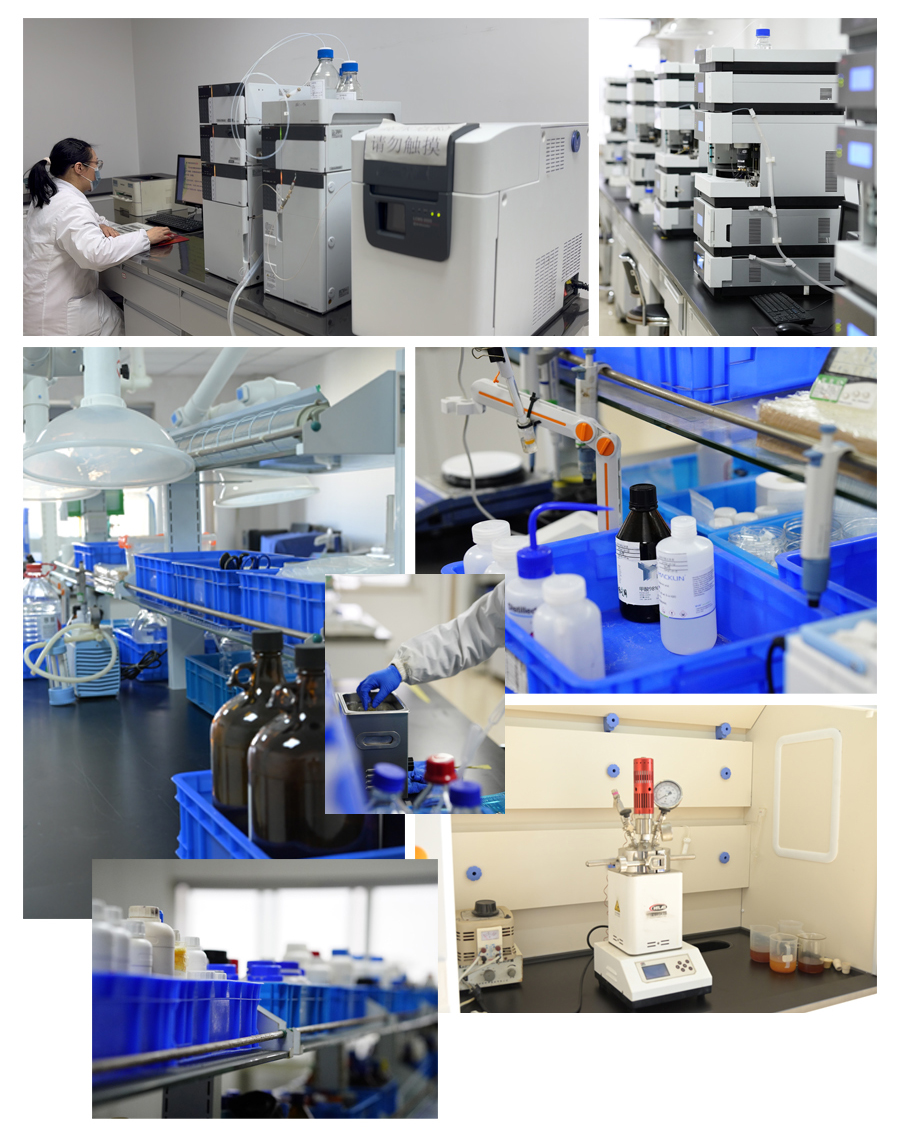| Availability: | |
|---|---|






Product Description
Product Category | Enzalutamide |
CAS NO | 1802242-47-2 |
Product Specifications | Off-white powder Melting point: 366.0±42.0 °C(Predicted) Boiling point: 1.220±0.06 g/cm3(Predicted) |




Methyl 2-fluoro-4-((1-methoxy-2-methyl-1-oxopropan-2-yl)amino)benzoate is produced by EASTFINE , and we are in charge of overseas selling . Not just trading company .
China,America,Brazil,England,Russia,Poland,India,Pakistan,NewZealand,Korea,Australia,Dubai,Turkey,Indonesia,UAE.
Yes , you can have Methyl 2-fluoro-4-((1-methoxy-2-methyl-1-oxopropan-2-yl)amino)benzoate sample for starting the business , but it is not free
Please contact our sales team for more details.
Methyl 2-fluoro-4-((1-methoxy-2-methyl-1-oxopropan-2-yl)amino)benzoate is an organic compound with the chemical formula C12H14FNO4. It contains a benzene ring substituted with a fluoro group at the 2-position, a methyl ester group at the 4-position, and a complex amine group at the 4-position, which is linked to a methoxy-containing 2-methyl-1-oxopropan-2-yl moiety.
· Fluoro Group: The fluorine atom at the 2-position of the benzene ring increases the lipophilicity and metabolic stability of the molecule, making it useful in pharmaceutical design.
· Methyl Ester Group: The methyl ester group (-COOCH3) is reactive and can undergo esterification or hydrolysis reactions.
· Amine Group: The amine group connected to the methoxy-substituted 2-methyl-1-oxopropan-2-yl structure makes the compound highly reactive and potentially useful for the synthesis of biologically active compounds.
The compound is primarily used in organic synthesis as an intermediate to create pharmaceuticals, agrochemicals, or other bioactive molecules. Its structure, with fluorine, methoxy, and amine groups, makes it useful for the synthesis of compounds with enhanced biological activity or specialized chemical reactivity.
Methyl 2-fluoro-4-((1-methoxy-2-methyl-1-oxopropan-2-yl)amino)benzoate can be synthesized through multiple steps:
· Fluorination: Fluorine is introduced at the 2-position of the benzene ring, typically through electrophilic aromatic substitution reactions.
· Esterification: The carboxylic acid of 4-aminobenzoic acid (or a similar precursor) can be esterified with methanol to form the methyl ester group.
· Amine Substitution: The amine group can be introduced to the 2-methyl-1-oxopropan-2-yl moiety through standard amination reactions.
· Appearance: It is typically a solid at room temperature, often a white to off-white crystalline substance.
· Melting Point: The compound likely has a high melting point, consistent with many aromatic ester and amine-containing compounds, though the exact value depends on the specific formulation.
· Solubility: It is insoluble in water but may dissolve in organic solvents like acetone, ethanol, and dimethyl sulfoxide (DMSO).
While there is limited specific data on the toxicity of this compound, as with many organic compounds, it should be handled with care. Protective equipment, including gloves, goggles, and lab coats, should be worn when handling it. It may cause skin and eye irritation or other effects, so it is important to follow standard laboratory safety protocols.
· Fluorine: The fluoro group enhances the lipophilicity of the molecule, improves metabolic stability, and increases bioavailability in drug development.
· Methoxy: The methoxy group provides electron-donating effects, potentially enhancing the molecule’s basicity and solubility in organic solvents.
· Amine Group: The amine group can act as a nucleophile in chemical reactions, making the compound reactive and useful for further functionalization.
This compound could be used in the synthesis of pharmaceutical intermediates. The presence of a fluorine atom may enhance metabolic stability, while the methoxy and amine groups contribute to the molecule’s reactivity and bioactivity, making it a potential candidate for drug design in areas like antimicrobial, anticancer, or anti-inflammatory therapies.
The compound is generally stable under standard conditions but should be stored in a cool, dry place away from moisture and direct sunlight to maintain its integrity. It may degrade if exposed to strong acids, bases, or oxidizing agents.
Like many organic compounds, particularly those containing fluorine and methoxy groups, it may persist in the environment. Therefore, proper disposal and adherence to local environmental regulations are important to minimize its environmental impact.